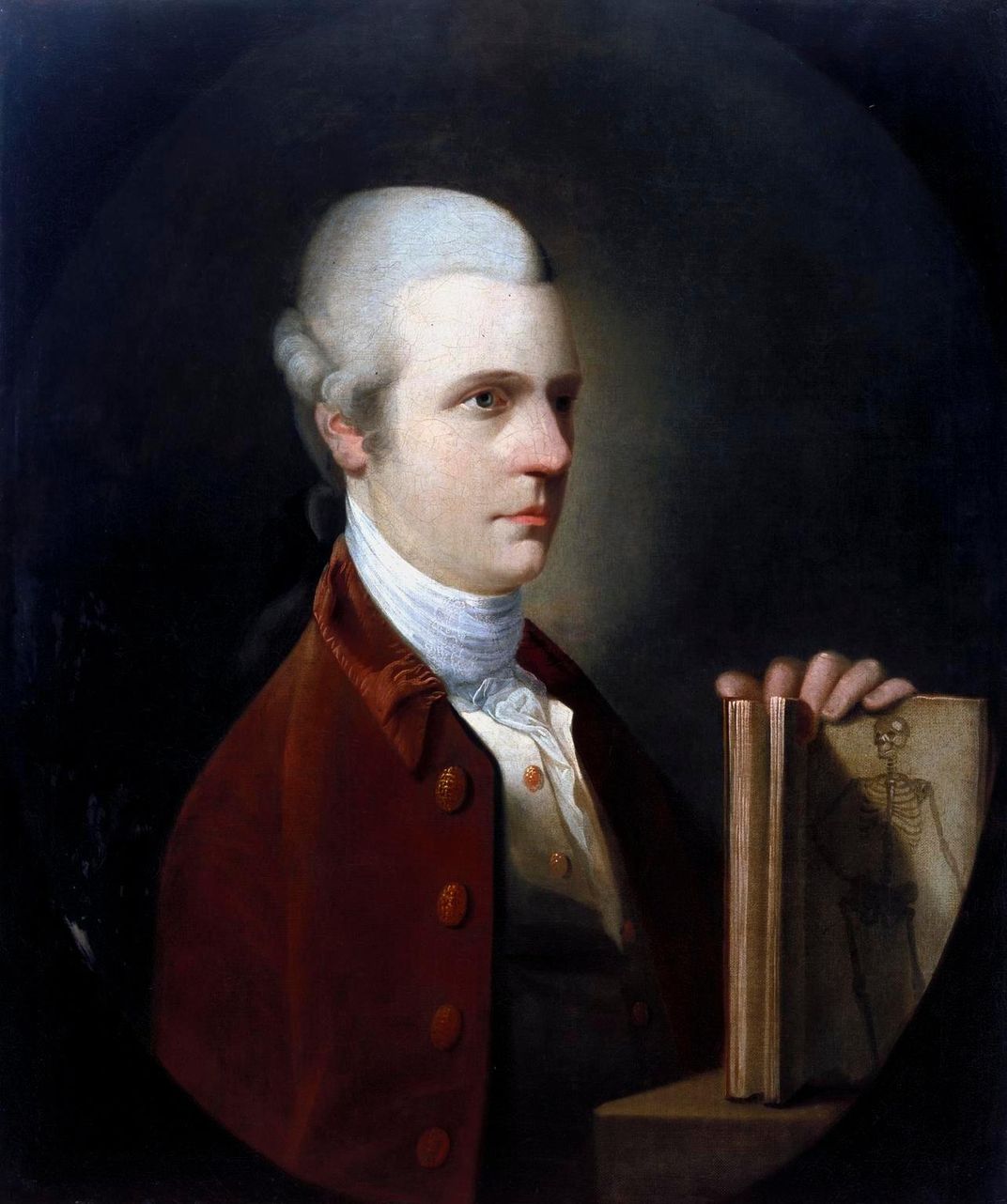Can You Help Identify This Museum’s Mystery Artifacts?
A Manchester-based science institution has a backlog of unusual objects in need of classification
:focal(2656x1804:2657x1805)/https://tf-cmsv2-smithsonianmag-media.s3.amazonaws.com/filer/00/46/004625fe-3a36-4edb-8c56-33faf2010c69/2020_july22_copperalloy.jpg)
In 1884, American-born expatriate Sir Henry Solomon Wellcome patented a compact “tabloid” pill designed to deliver standardized doses of medicine. The product, produced by the young entrepreneur’s pharmaceutical company, Burroughs Wellcome & Co., was an instant sensation, making Wellcome a wealthy man. Before his death in 1936, the pharmacist used this fortune to build a vast collection of artifacts and books detailing the history of medicine.
Today, thousands of objects from Wellcome’s trove are housed in the collections of Great Britain’s Science Museum Group (SMG). Many are highly unusual, leaving staff uncertain of their original purpose. Now, curators hoping to unravel these items’ mysteries are seeking the public’s help.
As Nicola Davis reports for the Guardian, the new SMG campaign centers on 10 artifacts selected from a group of 300,000. Researchers started investigating the objects’ origins in 2018, when efforts to move them from the Blythe House in London to a purpose-built facility at the National Collections Center in Wiltshire first began.
“They are likely to be the kind of thing that maybe only one or two people in the world have ever seen before, because that is the kind of thing that [Wellcome] was after, he was after the edges of the human experience,” Jessica Bradford, the SMG’s keeper of collection engagement, tells the Guardian.
These images may be of interest. The machine bearing the manufacturer's nam "Hobbies" is a treadle fretsaw with facility to be driven by electric motor via a belt or chain.
— Patrick Lockerby (@PatrickLogicman) July 21, 2020
These images are out of copyright, being from a book "The Complete Houshold Adviser" dated about 1930. pic.twitter.com/5xpVXAKOsm
To date, the team has successfully identified such mystery items as a box featuring an ornate, screen-like lid and several metal mazes. When a curator who had worked in China saw the artifact, they identified it as a Chinese incense clock. Since incense burned through the maze at a predictable speed, users could track the passage of time simply by smelling the various perfumes laid out along the track.
More recently, social media detectives have offered up an array of theories regarding an object stored in the museum group’s hand and machine tools collection. Several Twitter users posit that the contraption, which boasts a foot petal and a thin saw, is a jigsaw or fret saw.
“In some cases we reach a dead end and that is where it would be amazing to see whether the wider public, the hive mind of the public, can help us unpick some of these mysteries,” says Bradford.
Last January, Abi Wilson, a curator at the Science and Industry Museum in Manchester, shared a blog post cataloging several objects in need of identification. To puzzle out these items’ mysteries, she suggested checking each one for identifiable clues like an ID number, manufacturer name or registered design number.
While working on the research project, Wilson relied on paper records of object acquisitions. For people searching from home, she recommends using search engines like Google, which helped her correctly classify a misidentified object.
“I was skimming [the internet] for mentions of galvanometers until I came across this diagram with [a] very familiar-looking recording drum,” Wilson wrote. “ … After translating the catalog entry into English, I discovered it was actually part of a flame tachograph, for recording someone’s heartrate using a gas flame.”

One truly confounding object appears in both the 2019 images shared by Wilson and the more recent batch released by the museum. A “crudely cast” tool made of a copper-based alloy, “[t]he head is a rectangular prism where it joins the handle, tapering from all four sides to an edge,” according to Wilson. The head once featured parallel lines on its slanted edges, but they wore away over time.
Proposed identifications range from a ramming dolly used in sand casting to a tool employed to shape molten glass and a device for folding leather and flattening seams. So far, the object’s purpose remains unconfirmed.
Other items highlighted by the Guardian include intricately shaped glasswork, a handle topped by a circular scoop, a portrait of a man holding a book opened to an illustration of a skeleton and an elegantly boxed apparatus that was presented to Pope Leo XIII as an air purifier.
“These ten objects are ten great examples of the opportunity to help us solve mysteries, but there are many, many more,” says Bradford.
To contribute a theory on the objects’ origins, email [email protected] or contact the team via Twitter.